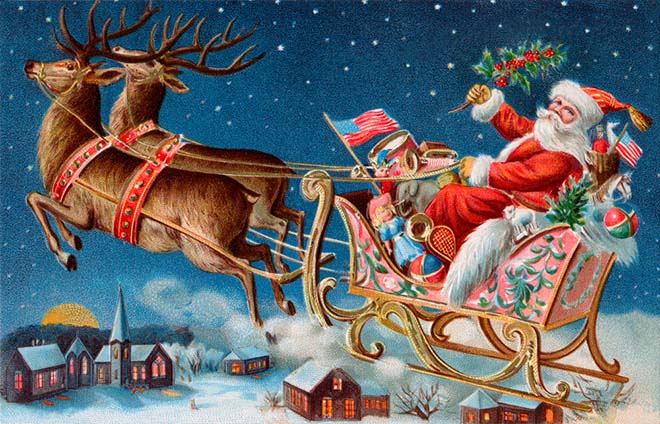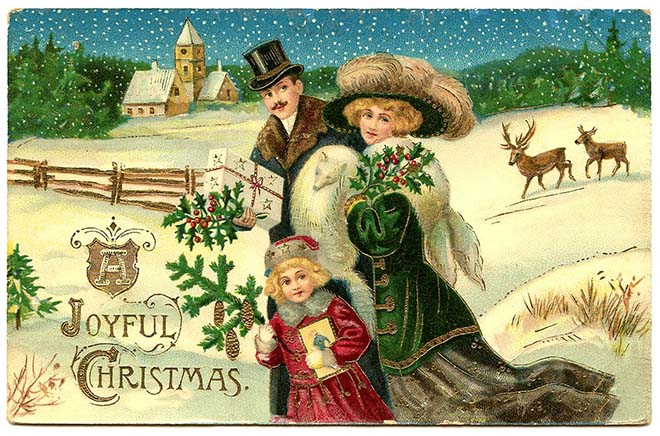If it hadn’t been for Charles Dickens and Queen Victoria, together with her husband Prince Albert, Christmas might have become a thing of the past.
In the early 19th century, it had been relegated to the point where it wasn’t even recognised as an official holiday and it was ‘business as usual’ for most people. So how did it manage to become the huge event it is nowadays?
Christmas’ problems started in the time of Cromwell, as the melding of both Pagan and Christian festivities didn’t sit well with the puritans take on life. Add to that the Industrial Revolution, which meant people were so busy they didn’t have time to think about Christmas, closely followed by one of the worst economic depressions the UK had ever known and the season of goodwill was down on its uppers.
A Christmas Carol
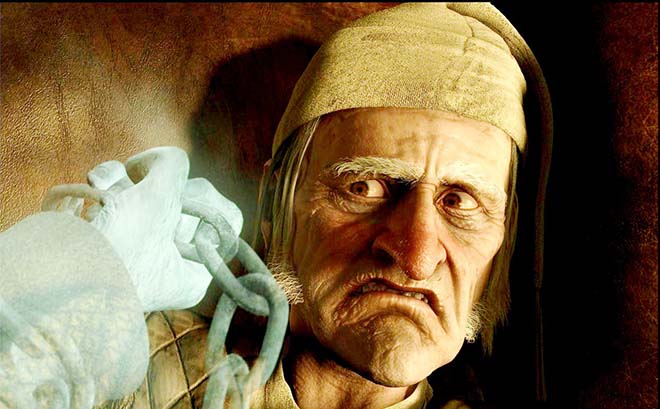
Then along came Dickens in the 1840s together with his tale of Scrooge, the anti-hero in the book “A Christmas Carol” and people started to rethink the Festive season. It began to be seen as a time for families and the ethos of goodwill to all men experienced a renaissance.
In fact, the 1840s proved to be a major turning point for Christmas all round. In 1848, the Illustrated News printed an image of the Royal Family of the time enjoying Christmas in front of a tree decorated with candles, sweets and fruit. It was a German tradition that Prince Albert had bought with him to the UK, but the following year everyone wanted a Christmas tree for their home.
It was also during this decade that the first Christmas cards were printed. Initially they sold for a shilling a piece – rather pricey for most Victorians. However, the idea caught on when children were encouraged to make their own cards to send.
Going Crackers
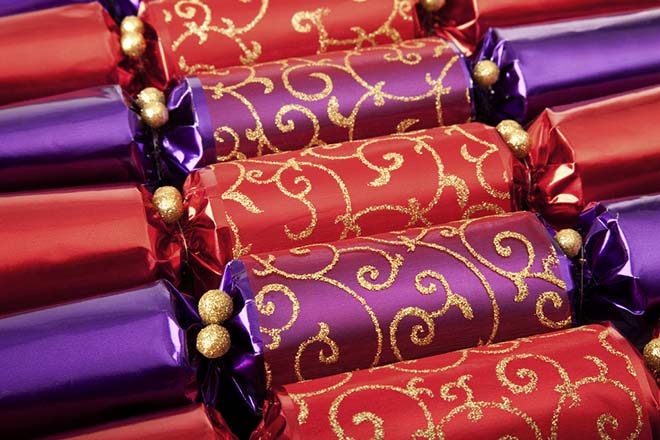
Christmas crackers were also invented in the 1840s – confectioner Tom Smith copied the Parisian trend for wrapping sweets in twists of brightly-coloured paper. He created a version which required two people to pull it apart and it wasn’t long before the sweets were replaced by gifts, a snap was added and a hat and a motto were also included.
We also have the Victorians to thank for introducing turkey as the must-have Christmas main course. Any roast meat had sufficed to this point, but then the turkey became popular in the 1800s with wealthier families.
It proved to be the ideal size for the average Victorian family and it wasn’t long before it was the only thing any self-respecting household would serve on Christmas Day.

Deck The Halls
Many traditions that had fallen out of favour were reintroduced by the Victorians. Christmas carols were popularised again and people started going door to door to sing them whilst collecting for the poor.
Homes had been decorated for centuries at this time of year with nature previously providing the inspiration and the resources – think of the carol ‘Deck The Halls With Boughs of Holly.’
However, in the late 1800s, this all changed and shop-bought decorations took over as de rigeur to adorn your house at Christmas.
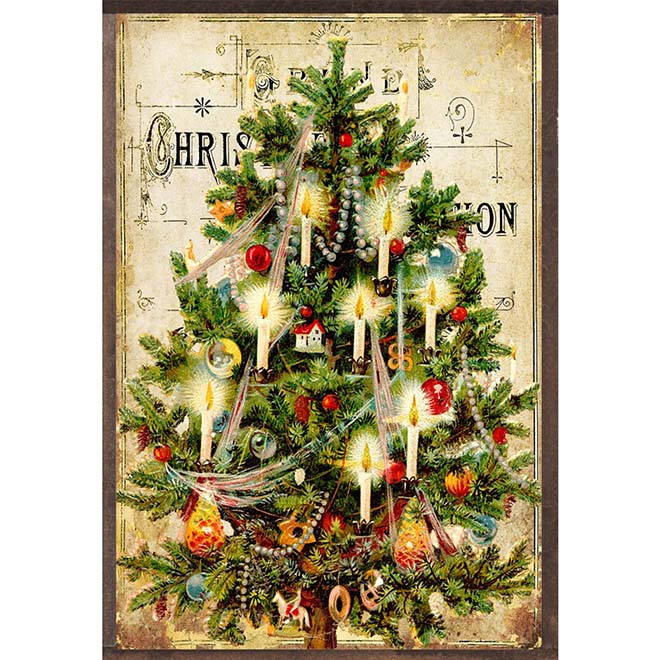
And finally, Father Christmas was also an invention from this time in history too. He is a mixture of the US take on Santa Claus, the European Saint Nicholas and the old English personification of Christmas.
However, the latter always wore green until we buckled under the pressure of advertising when Coca-Cola insisted Santa wore red and it has stayed that way ever since.
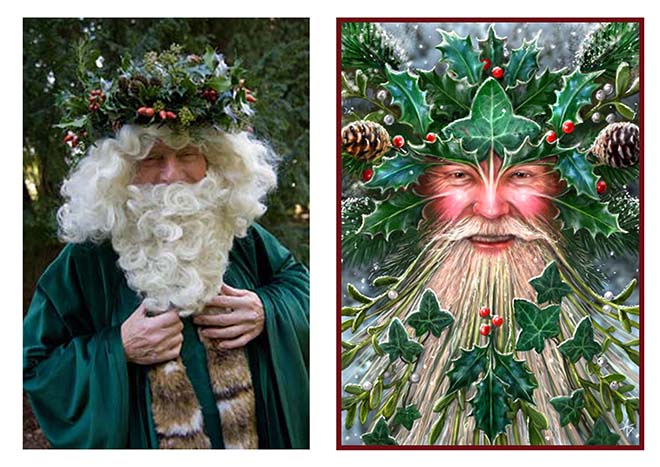
Whichever way you choose to celebrate Christmas, Clutton Cox would like to take this opportunity to wish you a happy one!
